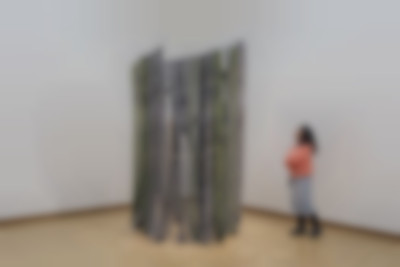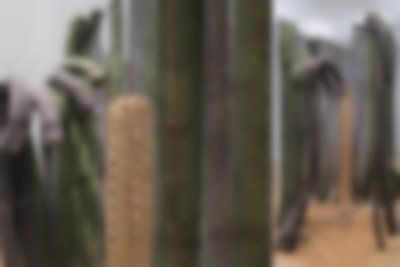I investigate how history manifested in objects can enable us to then use the plasticity of time embedded within them. The sequence of historicity found in objects is then subsequently relocated into now and the future and attains its openness, allowing us to commune with it. An example of this is my project Dutch Wife (2018/2022), featuring an unknown object in the Netherlands but well known as a guiling in Indonesia, created by Dutch colonial history. Zhúfūrén,Yale, trúc phu nhân, 죽부인, kawil, hpaat lone, guling; are all names of this object in Chinese, Cantonese, Vietnamese, Korean, Japanese, Pilipiness, Burmese, Indonesian. But its original name is Dutch Wife. The name came from the Dutch occupation of Indonesia and it connotes colonial Indonesian women. This one mundane object maps the historical traces and oppressed figures of women in Asian countries. The object is made out of bamboo and weaved into a human sized pillow and you hug it when in your bed in the darkness of sweltering nights to help ventilate your body. I traced the provenance of the object from Korea to Indonesia and to the Netherlands. After two years of research, the work oversaw the return of this object and its bodily gesture to the Netherlands. Through the performativity of remaking, with local Indonesian craftsman communities in Sumedang, Java, and collecting the ghost stories of the object, my object draws the memories of objectified Asian female bodies by crossing colonial histories and frontiers. I investigated the notion of “embracement” as a pattern for remedying this colonial object by transforming, reversing the object’s function, and I transformed the object’s bodily position from being hugged and being occupied to hugging and embracing. Changing the user’s form of the object was my artistic methodology to emancipate its historical oppressive formation that is described in the original object. From this work I started to think about gestures of objects and objectified beings which I then developed further.
Excerpt, The Journey of the Dutch wife, Kabupaten Sumedang, West Java Province, Indonesia, Film, B/W, sound, 8 min.

